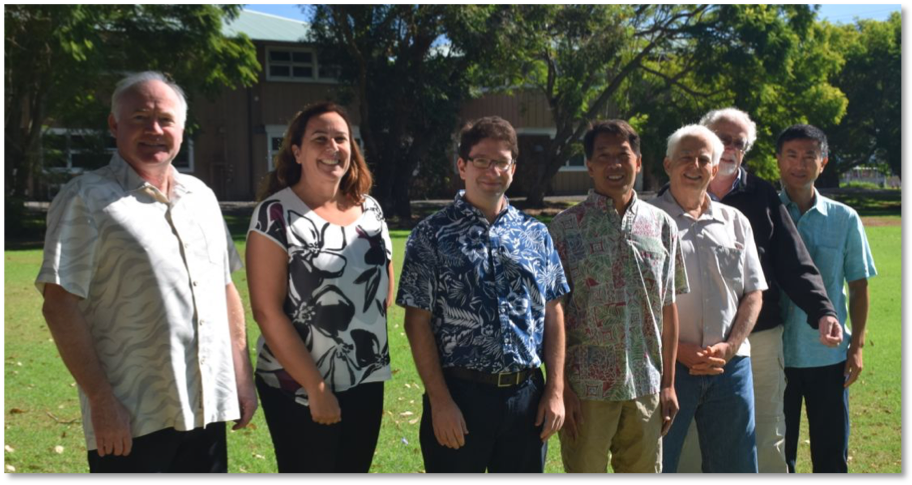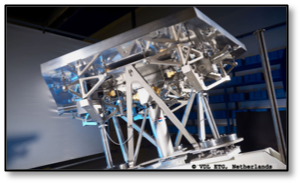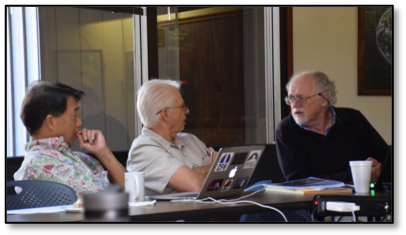A Tale of Two Mirrors

An important decision for the MSE project is now being made, as the project selects which primary mirror technology to move ahead with.
MSE’s telescope design concept uses 60 hexagonal segments, each 1.44 meters across, to make up the 11.25 meter diameter primary mirror. In order to be cost effective, MSE’s approach is to use existing technologies wherever possible. The primary mirror’s segment size was deliberately chosen because it’s similar to both the Thirty Meter Telescope’s (TMT) segments, as well as the European Southern Observatory Extremely Large Telescope’s (ELT) segments. Although both TMT and ELT use a similar mirror segment size, most of the details that underlie successfully operating a segmented mirror system are quite different in the two projects. As MSE now prepares to enter its second major design phase, “Preliminary Design”, MSE has selected one design over another for MSE’s primary mirror: ELT’s design is strongly preferred by the project because it is more readily available to us. To validate that decision, MSE conducted a review to determine the technical readiness of both technologies and the credibility of program, cost and schedule estimates. The review was held in Waimea Hawaii on 29 November 2018.


MSE’s Alexis Hill chaired a prestigious panel of telescope mirror experts to review the design detail of both designs as well as cost and programmatic aspects of the selected ELT candidate technology. The panel comprised, in addition to Alexis, of Denis McBride from the W.M. Keck Observatory, Predrag Sekulic from National Solar Observatory’s DKIST telescope, Derrick Salmon recently of CFHT fame, and Kevin Ho who leads the CFHT instrumentation team. At the day-long meeting, Eric Williams presented an extensive and detailed comparison of the pros and cons of each candidate technology, while addressing questions and concerns posed by panel members.
Ultimately, the panel commended Eric’s extensive work and unique expertise in this field, and provided some very thoughtful recommendations to MSE’s Project Manager, Kei Szeto, on areas that need to be addressed before proceeding into the next design phase. The Review Panel stated they believe both designs are technically feasible and meet the key requirements for MSE, that the project had developed credible polishing and fabrication plans, and that the path chosen “is a plausible solution for MSE and will be successful”. They recommend the project take certain actions to further ensure that success. These actions include additional confirmation of critical performance elements of the segment support system, and establishing formal agreements to work together with the ELT project and its commercial suppliers.
With that very encouraging report, Kei is now ready to take his mirror development plan to MSE’s Board for a final decision on this, staying well on schedule for the start of a successful Preliminary Design phase for the project.





